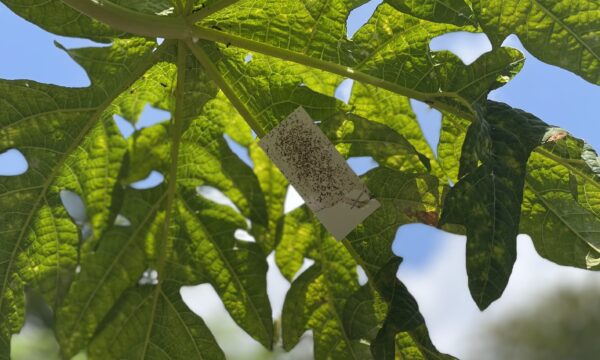It is the best of times, it is the worst of times, it is the season of plenty, it is the season of famine – in short, it is that time when the positive medium term outlook for world agriculture is tempered by the “usual suspects.”
For the fourth month running, the FAO Food Price Index – a measure of the monthly change in the international prices of a basket of food commodities – dropped in August reaching its lowest level since 2012. The decline in the index was the result of sustained falls in the international prices of cereals and oils. Together with the Food Price Index, FAO also released a new forecast of world cereal production in 2013. In this forecast, world cereal production was raised to 2,492 million tonnes, up 14 million tonnes (or 0.5 percent) from the July forecast. The rise is predicted to be driven by an expansion of coarse grain output as well as a rise in wheat production. Paradoxically, as FAO was giving relatively favourable prospects for world agriculture, there was a mood of gloom and despondency in Kenya and Zimbabwe!

Rose Kamau (Right) and Willis Ochilo (Left) savour the moment in a farmer’s field in Mbeere Sub-county, Kenya during the launch of a plant clinic @Rose Kamau
In Kenya, the shock effect of the Value Added Tax (VAT) increase began to sink in with the prices of essential commodities sky rocketing. Though well-intentioned, the operationalization of the Act has led to an increase in food prices, thus hurting an already burdened populace, as evidenced by the mounting food insecurity within households and the quest for increased wages by an array of workers. The VAT Act 2013 seeks to expand the tax base and raise revenue for the government by reducing the number of zero-rated items. By implication, this means that some basic items that were previously zero-rated will now attract the 16% charge in VAT. Among the items affected by the new legislation include processed milk and farm inputs.
Agricultural experts argue that imposing VAT on farm inputs would effectively result in higher input prices. According to Tegemeo Institute of Agricultural Policy and Development, higher input prices would in turn have two possible effects. The first effect would be, farmers in the fringes will not be able to meet the additional cost, and as a consequence they will either reduce the acreage under cultivation or use less inputs per given crop area. Secondly, for households that are able to meet the increased cost of input, they will in due course face a higher cost per unit of output, a cost they will most certainly pass on to consumers in form of high output prices.
In Zimbabwe, UN World Food Programme (WFP) estimates 2.2 million people – one of four of the rural population – will need food assistance during the pre-harvest period of 2014. This high level of food insecurity is the result of numerous factors including adverse weather conditions, the unavailability and high cost of agricultural inputs and anticipated high cereal prices due to the poor maize harvest. To remedy the situation, WFP and its partners will provide regionally-procured cereals as well as imported vegetable oil and pulses. Additionally, they will use cash transfers in selected areas to afford people flexibility and back stop local markets.
Much as the favourable global food outlook – as projected by FAO – is not in doubt, a lot will need to be done to address the twin threats to food security, namely, the issues of policy and climate change. The impact of government policy in agriculture in Sub-Saharan Africa (SSA) – a region identified by IFPRI as the most important development challenge of the 21st century – cannot be overemphasised. It has been demonstrated that more favourable policy environments invariably result in increased productivity. Conversely, the reverse is also true, as observed in many SSA countries immediately following independence where they imposed a heavy burden on agriculture through macroeconomic policy, sectoral policy and trade measures. The result of this heavy imposition on agriculture was escalating poverty levels and underdevelopment. Similarly, evidence supports the need for substantial investment in domestication and moderation actions toward a “climate-smart food system,” systems that are resilient to the impacts of climate change on food security.
Sources:
1 Comment
Leave a Reply
Related News & Blogs
Horizon scanning for climate-driven pest threats can prevent biodiversity loss
On International Day for Biological Diversity, CABI’s Dr MaryLucy Oronje looks at horizon scanning and pest preparedness – approaches that help prevent the spread of invasive species, a major threat to biodiversity. Horizon scanning for invasive pests…
22 May 2025






Great peace of knowledge, we can make this a tale of one world Africa, by applying this resourceful knowledge to save our Agricultural produce, Very Insightful Mr Willis.